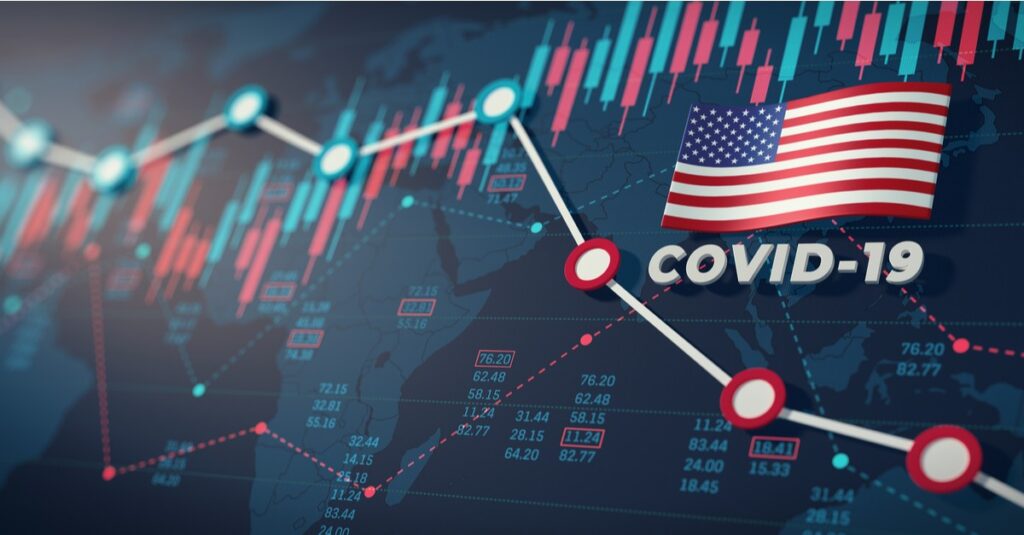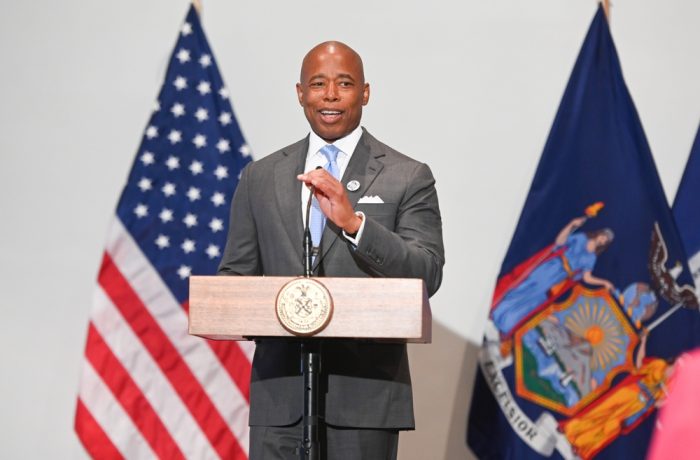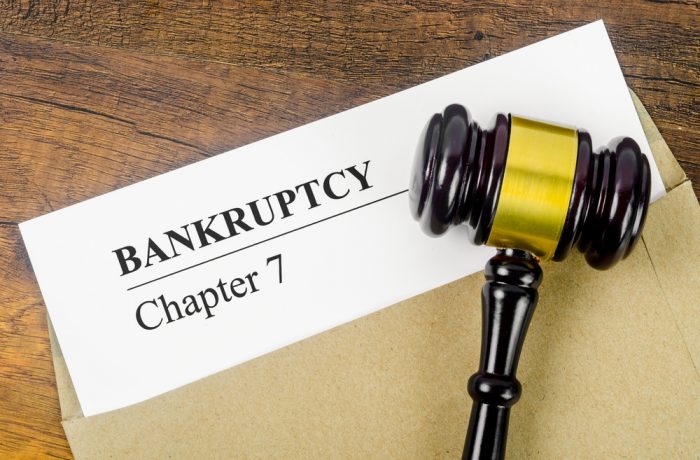By Anneken Tappe, CNN Business
New York (CNN Business) – America’s economy isn’t back to normal yet, and much of the recovery depends on consumers: how much they’re spending, how much they decide to participate in public life and even whether they work remotely.
And while economists don’t believe a full shutdown is looming, the Delta variant is posing a threat to that view. The pace of the recovery has been moderating since the spring. Come Thursday, a first look at second-quarter gross domestic product growth — the broadest measure of economic activity — will show what the summer lull really means.
Economists polled by Refinitiv expect GDP has grown at an annualized pace of 8.5% between April and June, which would be the biggest advance since the third quarter last year, when the economy roared back following a sharp contraction.
Citi economist Veronica Clark attributes the predicted Q2 strength to rampant consumer spending on goods and services. Consumption of goods rose even further above the spring’s pre-pandemic level thanks to the effects of Washington’s stimulus checks. “Spending on many services, such as dining at restaurants, returned to pre-Covid levels by the end of Q2,” Clark said in a note to clients, but there’s room for further to improvement in the second half of this year, Clark said in a note to clients.
Not yet back to normal
Yet the road to recovery has become more challenging in the weeks since the second quarter.
The Back-to-Normal index created by CNN Business and Moody’s Analytics has been static over the past few weeks. At 92% back to its pre-pandemic strength, the economy still has a little further to go in making up ground.
While the July 4 and Labor Day holidays skew the index a little, the summer recovery lull might be due to other factors, said Moody’s Analytics associate economist Matt Colyar. The next few weeks will be telling. “Though it’s hard to tease out in the data just yet, I primarily attribute the potential slowdown to the Delta spread,” he told CNN Business in an email.
For example, business confidence “was on a tear in May and June,” Colyar said, but the renewed rise in infections has put that momentum in jeopardy. “No one seems to think sweeping restrictions are coming back, but the softness in the [business confidence] survey feels like the ‘dangerous variant’ fears [are] being realized.”
This distinction is important: A full lockdown of the sort we saw in the pandemic’s earliest days is unlikely to repeat itself. But some infection-preventing measures could reappear, and people might start being more cautious again.
On Tuesday the US Centers for Disease Control and Prevention updated its coronavirus guidelines, recommending masks for vaccinated people in areas with high or substantial transmission of the virus. This applies to nearly two-thirds of all US counties.
But urging people to wear masks again is unlikely to unravel the economic recovery, Colyar said. Rather, it could be a drag on the pace of improvements going forward, particularly in comparison to the spring or last summer.
That said, some components affecting the Back-to-Normal index are expected to change in the near future: The pandemic-era expanded unemployment benefits are set to expire in September. And around the same time economists broadly expect more people to return to work once the new school year starts, as that will address the child care problem for many workers.
Factors like these should help the jobs recovery and move the index closer to its pre-Covid level.





